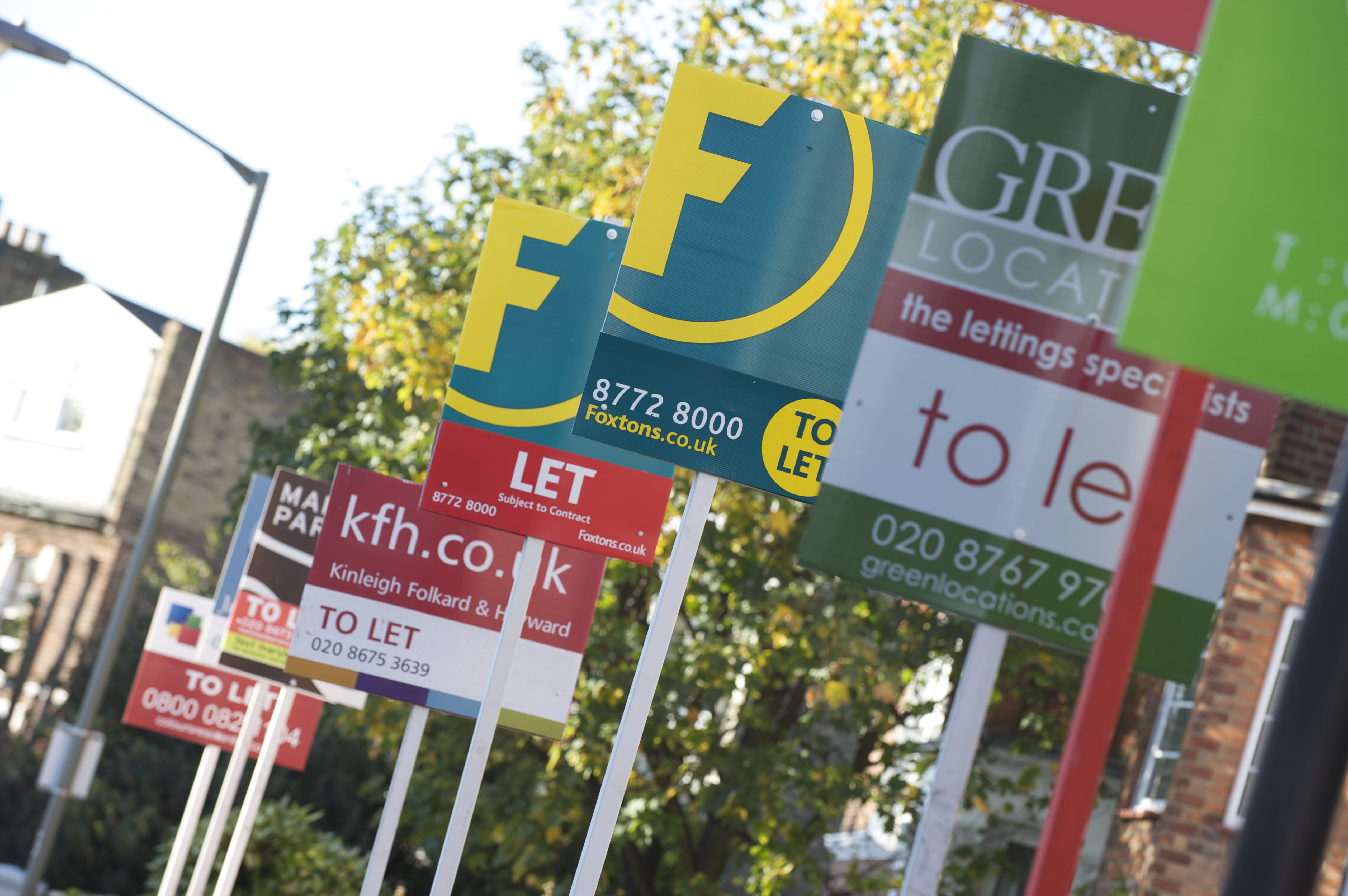-
Tips for becoming a good boxer - November 6, 2020
-
7 expert tips for making your hens night a memorable one - November 6, 2020
-
5 reasons to host your Christmas party on a cruise boat - November 6, 2020
-
What to do when you’re charged with a crime - November 6, 2020
-
Should you get one or multiple dogs? Here’s all you need to know - November 3, 2020
-
A Guide: How to Build Your Very Own Magic Mirror - February 14, 2019
-
Our Top Inspirational Baseball Stars - November 24, 2018
-
Five Tech Tools That Will Help You Turn Your Blog into a Business - November 24, 2018
-
How to Indulge on Vacation without Expanding Your Waist - November 9, 2018
-
5 Strategies for Businesses to Appeal to Today’s Increasingly Mobile-Crazed Customers - November 9, 2018
London’s rental market stalled after glut of new properties
London recorded the first annual drop in rents for six years, falling 0.5 per cent over the last 12 months making the average rent £7 per month cheaper than it was in 2015.
Advertisement
At £1,280 on average, monthly new lets in London were around £7 cheaper in July than a year earlier, Countrywide said.
The capital has been reaching an affordability ceiling for several years, with the average London tenant spending 60% of their monthly wage on rental costs.
The report points out that while tenant demand has increased nationally, the volume of homes coming onto the rental market has slowed or in some cases reversed rental growth.
One reason rents have fallen is because of the increase in the number of homes coming onto the rental market – in July there were 23% more homes available to rent in the United Kingdom than at the same time a year ago.
Some of this increase has been driven by purchases rushed through to beat the April 1 stamp duty deadline; however the number of homes available to rent has continued to rise in recent months, particularly in London and the South East.
An increase in the number of homes on the market has meant fewer deals are agreed above asking rents, Countrywide said. In July this year, just a tenth of tenants were paying more than the asking price.
Nationally, rents for new contracts increased by 1.5 percent previous year.
Growth of the PRS has been steady for over ten years, with levels of private renting across England doubling from 11% in 2003 to 19% in 2015.
Johnny Morris, Research Director at Countrywide, explained that a great number of additional residences were placed on the rental market in the past months, which has caused a lowering of rental prices.
In the run-up to April’s 3% stamp duty hike there was a surge in house purchases as buyers brought forward transactions to beat the deadline.
Demand for rental properties has increased by 10% across the United Kingdom, as uncertainty following the result of the European Union referendum has seen people turn to the private rented sector (PRS).
Advertisement
Many of these homes may now be appearing on the rental market, widening the choice for tenants and easing the upward pressure on rents.





























